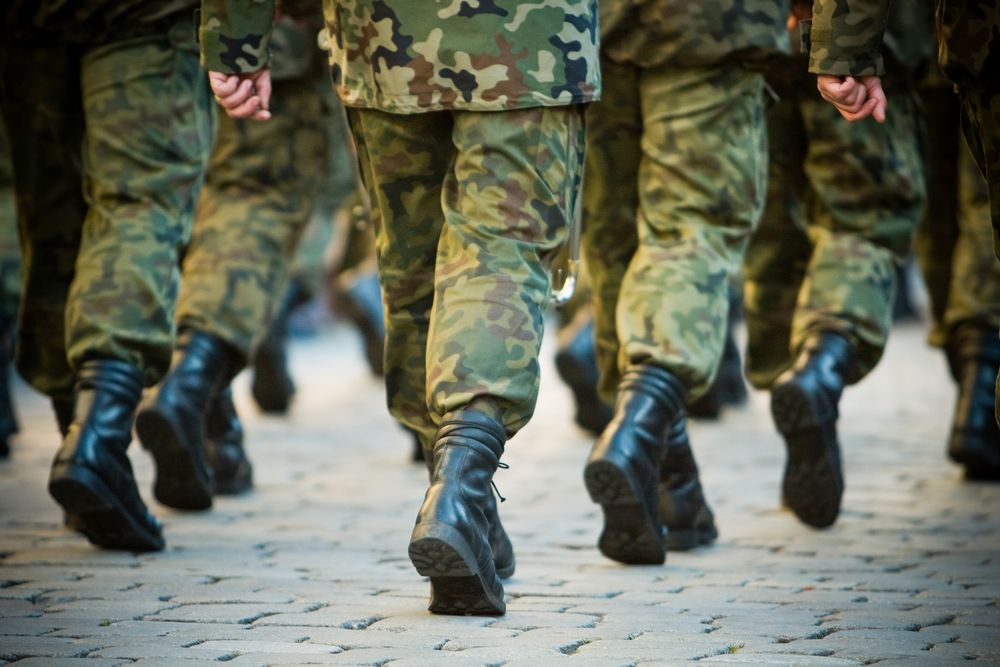
Why Do Soldiers Break Stride On A Bridge?

In April 1831, a brigade of soldiers marched in step across England's Broughton Suspension Bridge. According to accounts of the time, the bridge broke apart beneath the soldiers, throwing dozens of men into the water.
After this happened, the British Army reportedly sent new orders: Soldiers crossing a long bridge must "break stride," or not march in unison, to stop such a situation from occurring again.
Structures like bridges and buildings, although they appear to be solid and immovable, have a natural frequency of vibration within them. A force that's applied to an object at the same frequency as the object's natural frequency will amplify the vibration of the object in an occurrence called mechanical resonance.
Sometimes your car shakes hard when you hit a certain speed, and a girl on a swing can go higher with little effort just by swinging her legs. The same principle of mechanical resonance that makes these incidents happen also works when people walk in lockstep across a bridge.
If soldiers march in unison across the structure, they apply a force at the frequency of their step.
If their frequency is closely matched to the bridge's frequency, the soldiers' rhythmic marching will amplify the vibrational frequency of the bridge. If the mechanical resonance is strong enough, the bridge can vibrate until it collapses from the movement.
A potent reminder of this was seen in June 2000, when London's Millennium Bridge opened to great fanfare. As crowds packed the bridge, their footfalls made the bridge vibrate slightly. "Many pedestrians fell spontaneously into step with the bridge's vibrations, inadvertently amplifying them," according to a 2005 report in Nature.
Sign up for the Live Science daily newsletter now
Get the world’s most fascinating discoveries delivered straight to your inbox.
Though engineers insist the Millennium Bridge was never in danger of collapse, the bridge was closed for about a year while construction crews installed energy-dissipating dampers to minimize the vibration caused by pedestrians.
Follow LiveScience on Twitter @livescience. We're also on Facebook & Google+.

Elizabeth Howell was staff reporter at Space.com between 2022 and 2024 and a regular contributor to Live Science and Space.com between 2012 and 2022. Elizabeth's reporting includes multiple exclusives with the White House, speaking several times with the International Space Station, witnessing five human spaceflight launches on two continents, flying parabolic, working inside a spacesuit, and participating in a simulated Mars mission. Her latest book, "Why Am I Taller?" (ECW Press, 2022) is co-written with astronaut Dave Williams.

Most ancient Europeans had dark skin, eyes and hair up until 3,000 years ago, new research finds

1.4 million-year-old skull found in Spain is 'earliest human face of Western Europe'

Liftoff! NASA launches SPHEREx telescope — an infrared observatory that will help JWST solve the mysteries of the universe






